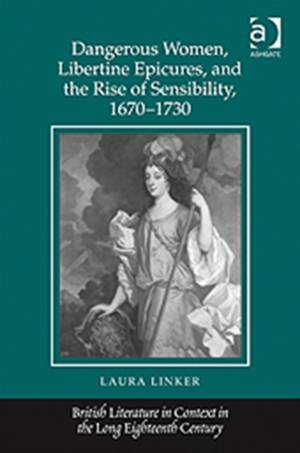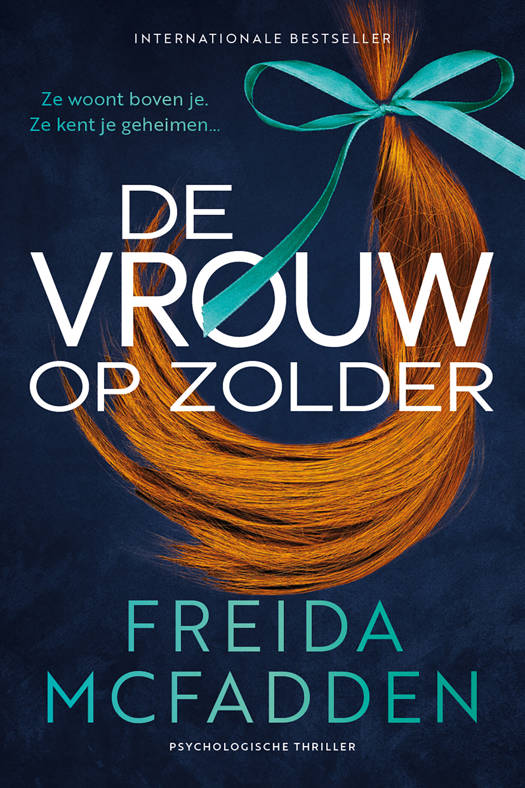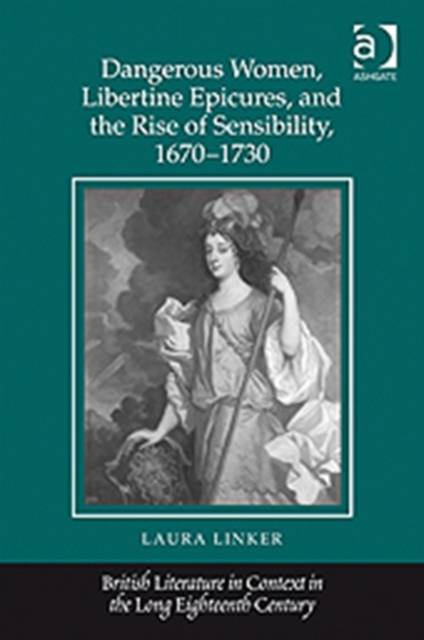
- Afhalen na 1 uur in een winkel met voorraad
- Gratis thuislevering in België vanaf € 30
- Ruim aanbod met 7 miljoen producten
- Afhalen na 1 uur in een winkel met voorraad
- Gratis thuislevering in België vanaf € 30
- Ruim aanbod met 7 miljoen producten
Zoeken
Dangerous Women, Libertine Epicures, and the Rise of Sensibility, 1670-1730
Laura Linker
€ 202,95
+ 405 punten
Uitvoering
Omschrijving
In the first full-length study of the figure of the female libertine in late seventeenth- and early eighteenth-century literature, Laura Linker examines heroines appearing in literature by John Dryden, Aphra Behn, Catharine Trotter, Delariviere Manley, and Daniel Defoe. Linker argues that this figure, partially inspired by Epicurean ideas found in Lucretius's De rerum natura, interrogates gender roles and assumptions and emerges as a source of considerable tension during the late Stuart and early Georgian periods. Witty and rebellious, the female libertine becomes a frequent satiric target because of her transgressive sexuality. As a result of negative portrayals of lady libertines, women writers begin to associate their libertine heroines with the pathos figures they read in French texts of sensibilité. Beginning with a discussion of Charles II's mistresses, Linker shows that these women continue to serve as models for the female libertine in literature long after their "reigns" at court ended. Her study places the female libertine within her cultural, philosophical, and literary contexts and suggests new ways of considering women's participation and the early novel, which prominently features female libertines as heroines of sensibility.
Specificaties
Betrokkenen
- Auteur(s):
- Uitgeverij:
Inhoud
- Aantal bladzijden:
- 184
- Taal:
- Engels
- Reeks:
Eigenschappen
- Productcode (EAN):
- 9781409418115
- Verschijningsdatum:
- 14/04/2011
- Uitvoering:
- Hardcover
- Formaat:
- Genaaid
- Afmetingen:
- 156 mm x 233 mm
- Gewicht:
- 497 g

Alleen bij Standaard Boekhandel
+ 405 punten op je klantenkaart van Standaard Boekhandel
Beoordelingen
We publiceren alleen reviews die voldoen aan de voorwaarden voor reviews. Bekijk onze voorwaarden voor reviews.












